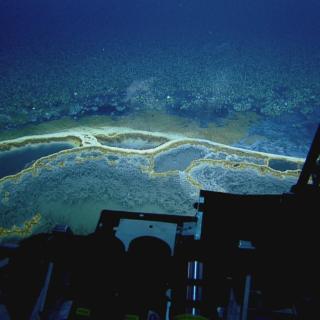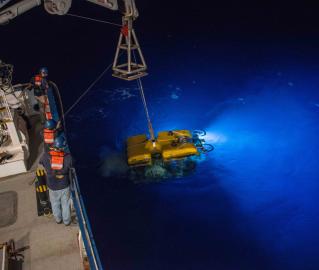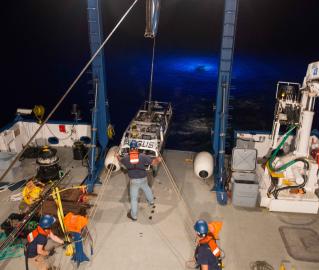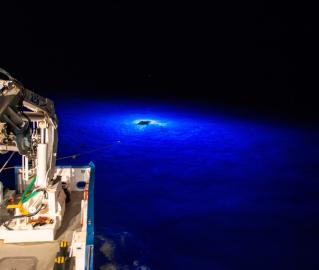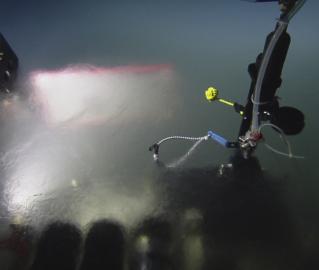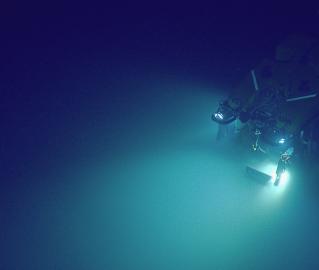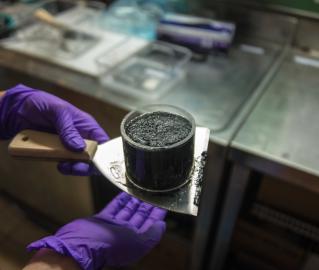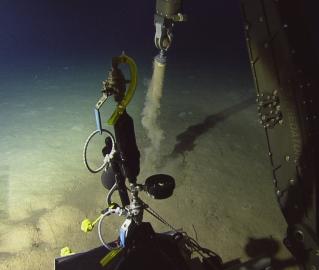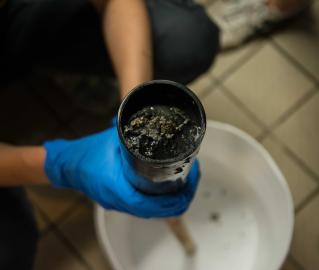Natural Hydrocarbon Detection
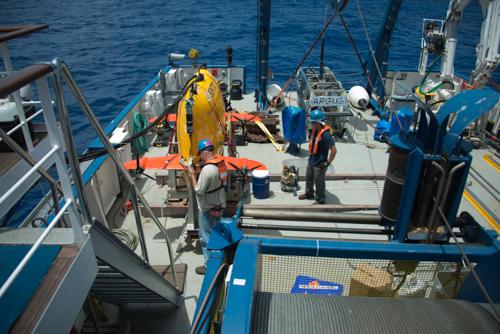
After several days in the Port of Galveston, southeast of Houston, Texas, conducting personnel and equipment transfers, the E/V Nautilus set sail on Sunday for specific targets within the Gulf of Mexico. This is the second part of a 2-part expedition, following up on multibeam mapping work conducted several weeks ago to identify natural hydrocarbon seeps on the ocean floor.
Scientists and engineers will now return to the best locations identified by the mapping process and use autonomous underwater vehicles (AUVs) and remotely operated vehicles (ROVs) to study the biology, chemistry, and geology found at these seeps.
Many of the world’s offshore marine environments experience prolific natural seepage of hydrocarbons from the seafloor. In the waters off North America alone, natural hydrocarbon seepage is estimated to contribute more than 50 million gallons of oil to marine waters in a year. Hydrocarbon gas is also emitted from the seafloor seeps. It rises through the water as bubble plumes, and is likely a significant source of methane to the atmosphere. Seeps are also home to specialized communities of chemosynthetic organisms.
Determining the distribution, abundance, and activity of natural gas seeps is important because it is a missing piece of our understanding of the Earth's carbon budget.
The partnership between engineering and science has never been more exciting on board the Nautilus and we look forward to what we’re going to discover!
